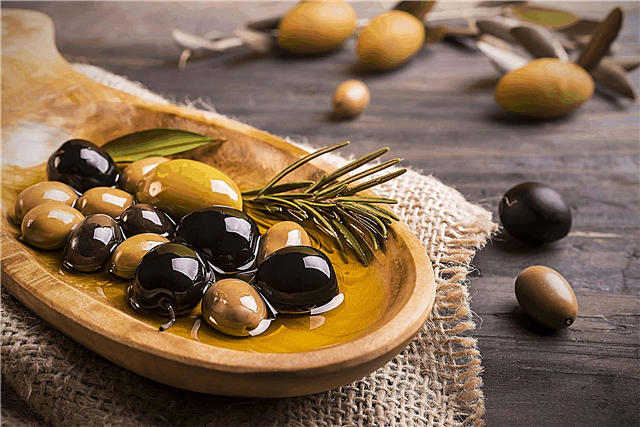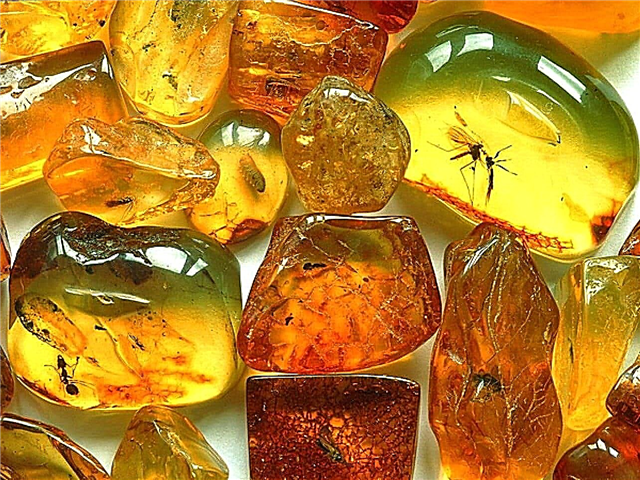
Surely everyone is familiar with the situation when, as a result of a fall, dark spots quickly appear on apples, bananas and other fruits. What is the reason for the color change and does this phenomenon spoil fruit spoilage?
How do fruits darken?
You can understand this issue using the example of an apple. It's no secret that it’s enough to cut the apple, leave it in the open air and literally in a couple of hours dark spots will appear on the cut. Gradually, they become more saturated until the fruit is completely brown.
Interesting fact: A common belief is that apples contain large amounts of iron. However, their consumption will not help to cope with the deficiency of this substance in the body, since 100 g of apples account for only 1-2 mg of iron. At the same time, only 1-5% of this amount is absorbed.

Darkening of apples is usually associated with the presence of iron, but this is also not true. The fact is that apples (like other fruits) contain antioxidants - these are substances that provide the body's natural defense against cell damage. The group of antioxidants also includes a category of substances called polyphenols. To release them, an additional “reagent” is required, which is also provided in the apple as a polyphenol oxidase enzyme. The result of oxidative processes are new components - quinones.
All of the chemical processes described may look complicated, but in fact you can quickly figure them out. In these components, the secret of darkening of fruits, in particular, the apple, lies precisely.When a fruit is cut, a piece is bitten off of it, or it simply falls from a tree with a further dent, a violation of the integrity of the shell - peel. Any such exposure is mechanical or physical. In this way, oxygen enters the pulp of the fruit. Only with his participation is the reaction of polyphenol with enzymes and the appearance of quinone possible. Quinone, in turn, is an oxidizing agent. Contacting with air and other reagents, it turns from colorless into a dark brown substance. A similar situation occurs with bananas, peaches, potatoes, mushrooms and other fruits.
What are the benefits of darkening fruits?
Of course, such a reaction of fruits is not accidental. With the help of such cunning chemical processes, the fruits create a kind of “shield”, primarily from pests. It is worth paying attention to the fact that it is after damage to the integrity of the shell that the oxidation of polyphenols starts. So an apple, for example, protects itself from a caterpillar gnawing on its peel.
The most dangerous substances for harmful microorganisms, fungi are precisely quinones, which act on them like poison. Brown spots on the damaged surface of the fetus indicate that regeneration processes have been started. At this time, minor injuries heal, and the flesh of the fruit is covered with a kind of film that prevents microorganisms from penetrating deeper.
Interesting fact: if you pour water on a cut apple or pour lemon juice on it, it will darken much later.Water prevents the pulp from contacting with oxygen, so the reaction is less active. And the acidity of lemon juice slows down the effect of polyphenol oxidase, which also inhibits the release of polyphenol.
Oxidation products turn a previously appetizing fruit into a fruit unsuitable for consumption. For pests, it becomes tasteless, and can also interfere with digestive problems. This phenomenon is reminiscent of human consumption of unripe persimmons. It contains tannins with a high content of tannins (a type of polyphenols). As a result, protein coagulates on the surface of the mucous membrane of the mouth and tongue and a corresponding sensation of “viscosity,” numbness appears.
Apple varieties differ in their polyphenol content. Due to the fact that the darkening of apples makes them less attractive and mouth-watering, breeders have worked for a long time to eliminate this drawback. They managed to develop a variety of apples that do not darken in case of damage. To do this, it was necessary to block the gene, due to which polyphenol oxidosis was produced in the fruits.
Most fruits darken as a result of physical or mechanical stress. This is due to a chemical reaction involving several reagents. The fruits contain polyphenols (useful antioxidants). Polyphenol oxidosis is required for their release. The reaction occurs only in contact with oxygen, access to which appears due to damage to the fetal membrane.As a result, quinones are oxidized, which are the cause of the dark color of the fruit.











